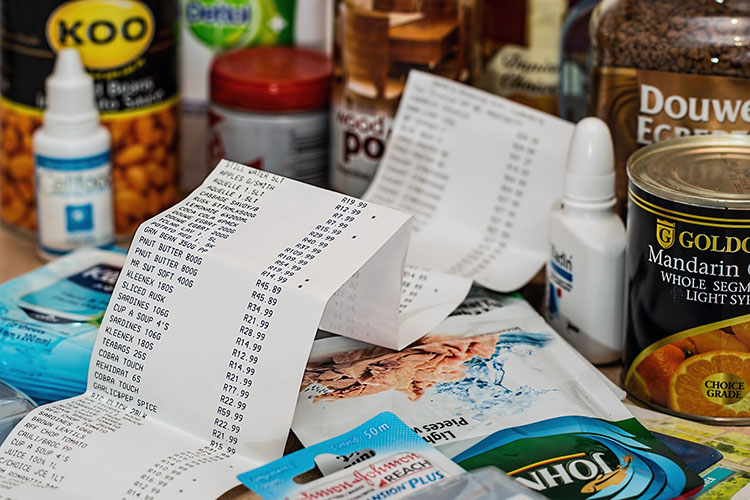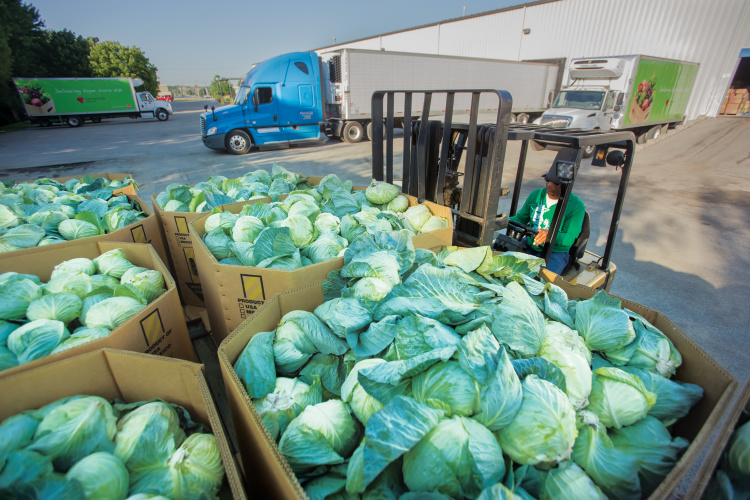Home > Lifestyle > Home > 5 Ways to Realistically Reduce Your Food Waste
5 Ways to Realistically Reduce Your Food Waste
In 2018, the American Farm Bureau Federation helped launch a new campaign called No Time for Waste. The collaborative effort between the AFBF and several partners, including Land O’Lakes SUSTAIN, Valent BioSciences and FLM Harvest, aims to reduce the amount of household food waist and aide farmers and ranchers in fighting food loss in their own fields.
Here are a couple of tips to reduce your household’s food waste:
1. Buy Only What You Need

Meal plan week by week. Make sure to bring a shopping list to the grocery store and think about who you are feeding, how much you will need and how the food can be used in various meals throughout the week. Meal planning can help minimize your waistline and food waste, and will drastically improve the impact on your wallet!
See more: 10 Ways to Reduce Waste in the Kitchen
2. Store Foods in Their Correct Places

Foods don’t last forever, but save your leftovers. Do some research on what you are saving for later. Find out whether the freezer or the fridge is your best bet to keep your foods fresh. For example, it is best not to refrigerate all of your fruits and vegetables as they tend to spoil more quickly when cold.
See more: Stocking a Pantry and Refrigerator [Printable Checklist]
3. Reduce and Reuse

Planning on having baked chicken on Monday? Save the leftovers to turn it into a delicious soup on Tuesday! Mastering the art of a good leftover will decrease the amount of scraps you throw away. Another tip: Store any vegetable leftovers (think onion skin, celery stems and other scraps) to turn into your own homemade broth.
4. Keep Track of What You Toss

Once a week while you create a grocery list, take inventory of what you already have and what you are getting rid of. This will help you for weeks to come to see how much you actually need and how much you are wasting. It is an easy way to keep track of the foods your family actually uses and which can be cut.
5. Donate to Food Banks and Farms

Did you recently start Whole 30 or decide to cut out legumes? Donate any unwanted, non-perishable items to a local food bank. Most food banks rely solely on the generous donations of others, so if you see it in your pantry and know your family won’t eat it, give it to someone who will!
Sources: notasteforwaste.org



